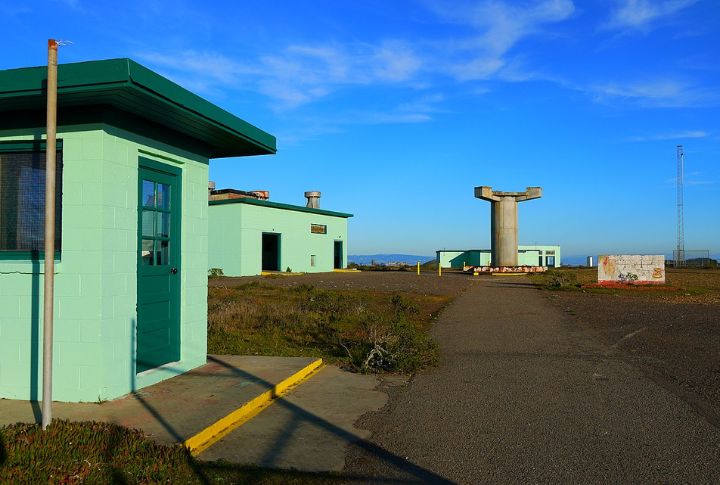
Across forgotten territories, Cold War remnants linger—silent, decaying, and steeped in history. These abandoned sites, once buzzing with military activity, now stand still, offering glimpses into a past shaped by global fear. Their rusted structures and desolate spaces evoke memories of a world on the brink of conflict. Explore some of these eerie places where history’s shadows still loom.
Camp Century’s Frozen Secrets Beneath Greenland’s Ice
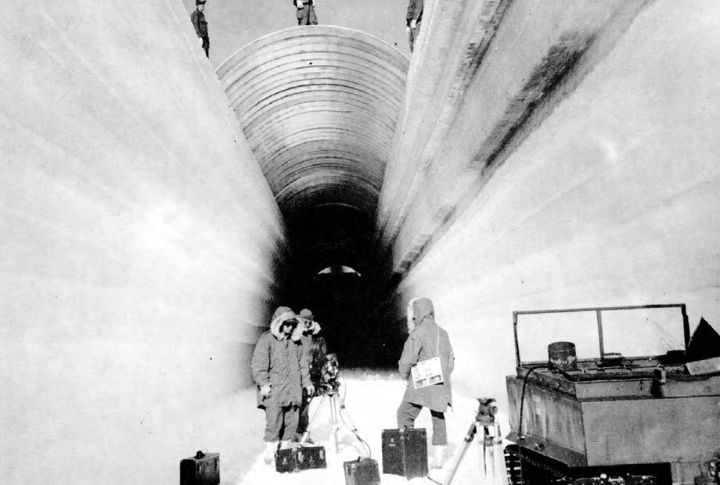
Buried under 120 feet of snow, Camp Century concealed Project Iceworm, a covert 1959 plan to hide nuclear missiles beneath the Arctic. Engineers, soldiers, and scientists endured ice cave living quarters. Today, the remnants rest beneath melting ice, releasing secrets from a tense era with the permafrost.
Adak Island’s Silent Watch Over The Pacific
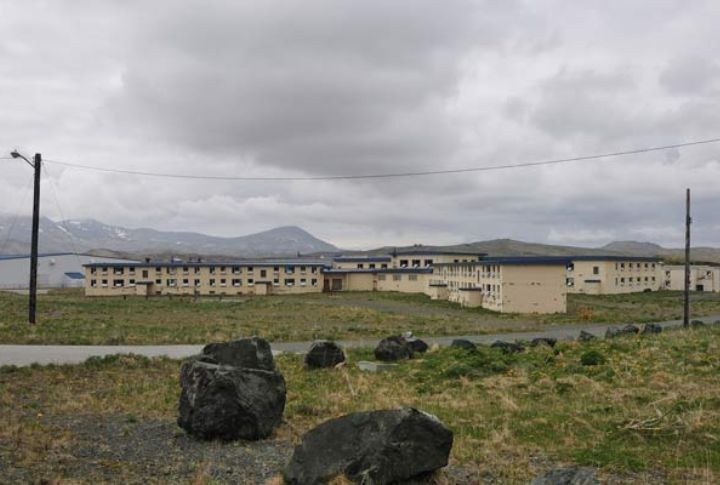
Listen closely—wind whistles through the gutted dorms of Adak Naval Station, a critical outpost during the nuclear standoff, surveilling Soviet submarines. At its peak, 6,000 personnel manned its Aleutian corridors. Now abandoned, this Alaskan island echoes with a vigilance that never truly slept.
Wurtsmith Air Force Base’s Strategic Role In Michigan

Cold and calculating, Wurtsmith AFB once housed B-52 bombers under Strategic Air Command’s nuclear umbrella. After its activation in 1953, it played a vital role in constant alert rotations. In 1993, it was closed, and concrete hangars and alert pads stood frozen—monuments to airborne deterrence in a nervous era.
Loring Air Force Base’s Footprint In Maine
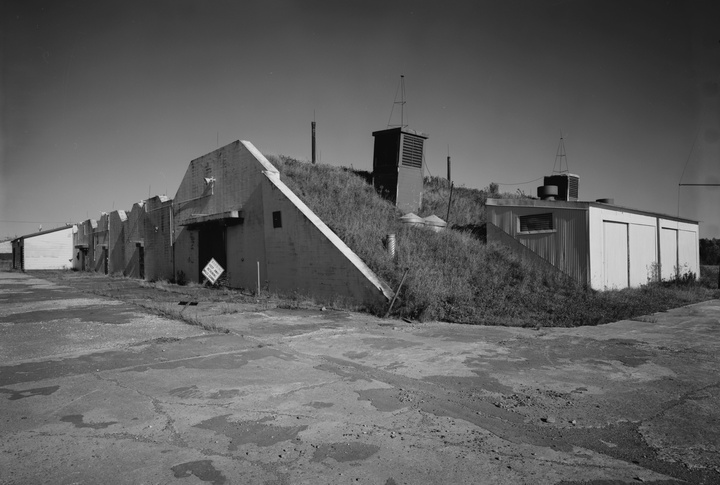
Fifteen thousand acres in Maine bore the weight of thermonuclear readiness. Loring AFB launched strategic bombers through Arctic corridors, closer to Moscow than Washington. In 1994, the silence returned. Still, rusting alert buildings and crumbling family quarters recall the ever-present shadow of retaliation.
Teufelsberg’s Listening Post Over Berlin

Constructed atop Nazi ruins, Teufelsberg’s radar domes monitored Soviet communications deep behind the Iron Curtain. This American-British NSA installation, shaped like a science fiction outpost, captured whispers from Warsaw Pact commanders. Today, graffiti decorates the geodesic domes, but the mountain still remembers every coded signal.
Fort Ord’s Transition From Training Ground To Ghost Town

Boots thundered on the sand here—1.5 million soldiers trained at Fort Ord before shipping to Korea and Vietnam. The California base became a national monument after it was decommissioned in 1994. Yet the entire barracks still stand untouched, windows shattered, and lockers sealed with dusty uniforms and undeclared goodbyes.
Nike Missile Site SF-88’s Preserved Silos In California

It descended into steel and concrete where once stood nuclear-tipped Nike Hercules missiles. Operational until 1974, SF-88 protected San Francisco from Soviet bombers. The launch doors groan like ghostly alarms during tours, reminding visitors how close the standoff between superpowers once teetered to ignition.
North Concord’s Radar Silence In Vermont

Radar swept endlessly over northern skies from atop East Mountain. North Concord Air Force Station, part of the Semi-Automatic Ground Environment system, watched for Soviet attacks. Its towers and bunkers have been broken since its abandonment in 1963, but locals still report humming—and no one explains the shadows.
Fort Tilden’s Coastal Defense Legacy
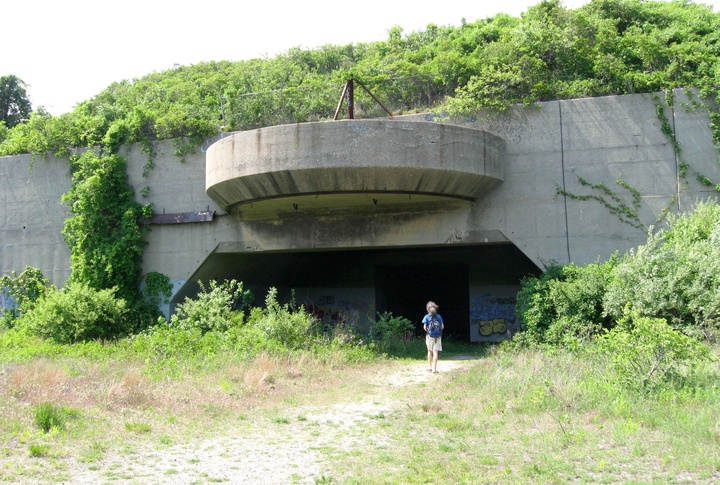
Originally built to repel German U-boats, Fort Tilden later bristled with Nike missiles as geopolitical tensions escalated. Today, its crumbling batteries peer at the Atlantic like blind sentinels while Art Deco barracks and silent radar towers whisper stories of drills, dread, and firepower that never truly departed.
Fort Hancock’s Decaying Barracks In New Jersey
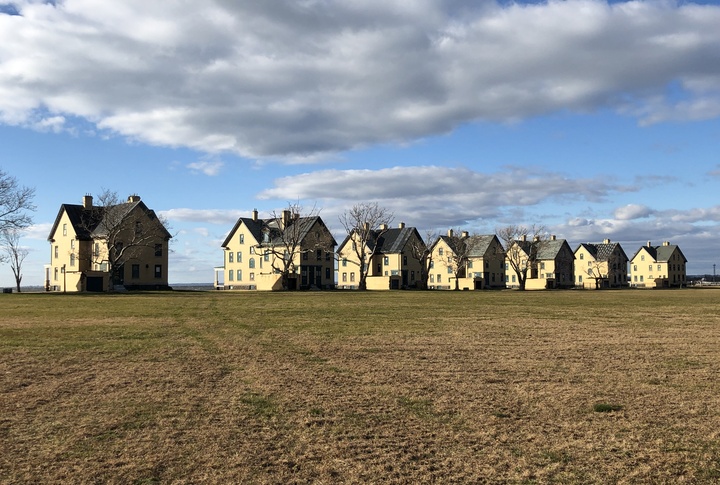
In Sandy Hook, Fort Hancock’s clapboard buildings rot in salted breeze. Once hosting Nike missile launchers and anti-aircraft crews, the base helped guard New York Harbor. During the Cuban Missile Crisis days, troops drilled for nuclear conflict, and now, the ghosts of readiness linger in peeling paint.

